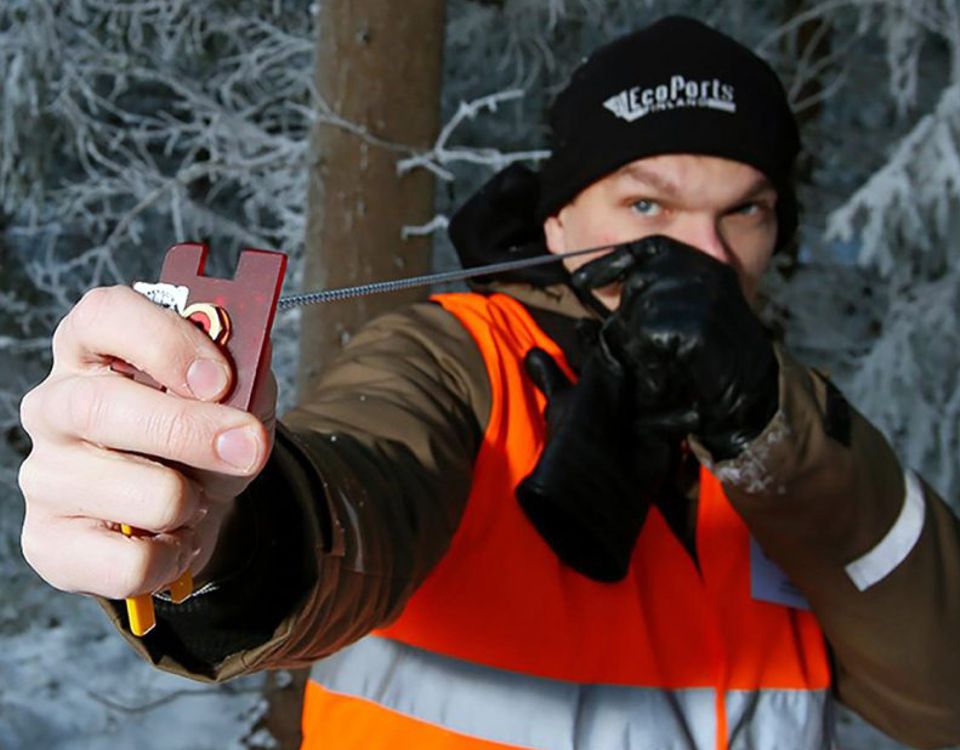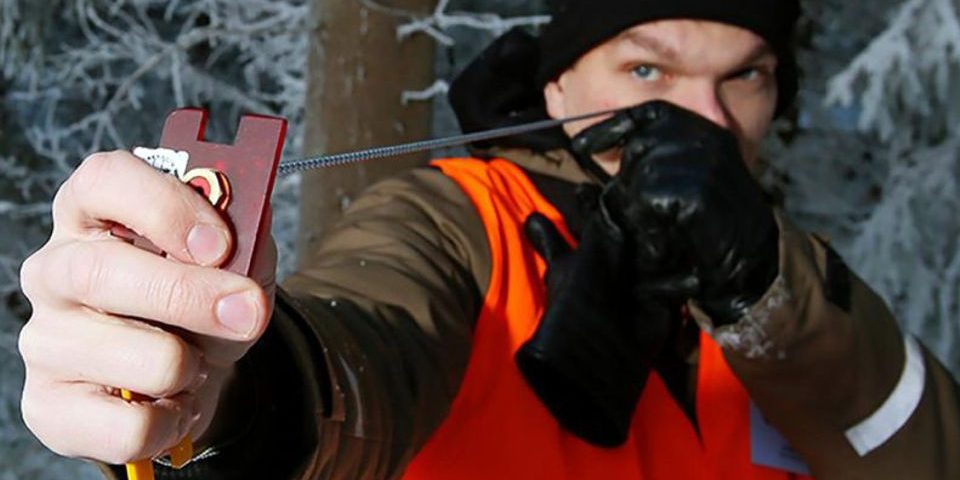Forest Quiz takes Fins out into the forest

The Handbook for Learning and Play in the Forest – useful tool for outdoor activities
16. March 2018
Train your senses – mindfulness in the forest
3. April 2018
Forest Quiz takes Fins out into the forest
Finland, 8. February 2018
Author: Finnish Forest Association

F or the 37th time in a row, the Forest Quiz for lower secondary schools was organized on 8 February. The nature interests of many a schoolkid have been reinforced thanks to the Quiz, even to the point of making a career with forests. One of them is Jussi Posio, who was among the top entrants twice in the early 2000s.
Forest Quiz can take you out into the forest and the wide world
Jussi Posio hails from Lieto in south-west Finland. He says he liked working in the forest when only knee-high He can remember his mother putting him into a padded snowsuit at the age of about 4, and letting him follow his father to chop firewood. He couldn’t find his father by the woodpile, so he followed his bootprints for half a kilometre into the forest. His father was quite surprised at this feat, and it left a nice memory. Jussi Posio feels as if he’s still travelling along the same trail in the forest.
All lower secondary school pupils in Finland go on a work placement to gain first-hand experience of an occupation or profession. Success in the Forest Quiz inspired Jussi Posio to find a placement in forestry. On eighth grade, he spent a week shadowing a number of employees in the field, learning about their jobs. Later, during his national service in the Reserve Officer School, he took compass bearings on the basis of what he had learned from the forest professionals during that week.
Forestry studies opened up an international career
In upper secondary school Jussi Posio was interested in natural sciences. They weren’t his only choice: he also considered studying music at the Sibelius Academy, having played the violin from his childhood on. Yet his love for forests led him to study forest economics at the University of Helsinki. Posio embarked on an international career when still a student. After graduation, he worked as an expert on timber markets for the UN in Switzerland, and as sales manager for the paper company Mondi in Austria.
Posio returned to Finland at the age of 27. He found a job to his liking at the Lounametsä forest management association, working with private forest owners close to his own roots
Jussi Posio wants to encourage young people to learn about the forest sector. They could well find inspiration when participating in the Forest Quiz, reading career guides or because of an interest in natural sciences, business careers or technology.
Participation in Forest Quiz supports Finnish forest projects in developing countries
Many Finnish forest professionals have made international careers. As an example, Finnish forest experts in the Food and Forest Development Finland (FFD) organization spread their knowledge in many parts of the world.
The aim of FFD’s advisory activities is to fight poverty and improve the position of small forest owners in the developing countries. Training is designed to improve the sustainability and productivity of forestry, and the forest owners will receive a fair price for their products. In addition to timber, products from the forest may include fruit and honey, for example.
The 360 schools that participate in the Forest Quiz all receive a virtual gift from the organizations that sponsor the Quiz. The gift is a sum of money donated to the Food and Forest Development Finland organization. The money can be used to train forest owners in different developing countries, to plant pines in Tanzania or acacias in Vietnam, or to buy a mule and cart for an Ethiopian forest cooperative for taking their products to the market.
Success in the Forest Quiz may also bring other rewards for the participants. The top entrant in each school receives a carved drinking cup (kuksa). Fifty of the best entrants and their teachers participate in a two-day finals event in Helsinki. Thirteen two-week summer jobs are raffled among the finalists. Each job will be at a forest management association close to the winners’ homes.
Forest Quiz in a nutshell
- The Forest Quiz was first organized in 1982.
- Over one million Finns have participated in the Forest Quiz.
- In 2018, 360 schools and about 25,000 pupils took part.
- The four-page quiz booklet includes species recognition and questions about bioeconomy.
- The winners in each school are announced by the end of February.
- The 50 best winners are invited to the finals held on 24 to 25 May 2018 in Helsinki.
- The finalists take part in a raffle of 13 summer jobs at forest management associations close to their homes.
The main organizers of the Forest Quiz are the Finnish Association of Biology and Geography Teachers BMOL and the Finnish Forest Association. Other sponsors and organizers include the Finnish Forest Foundation, OP, UPM, Stora Enso, Metsä Group, Metsähallitus, the Finnish Forest Industries Federation, the Finnish Forest Centre and Forest Owners – MTK, as well as the forest management associations.
The original article was published on the Finnish Forest Association's website.

